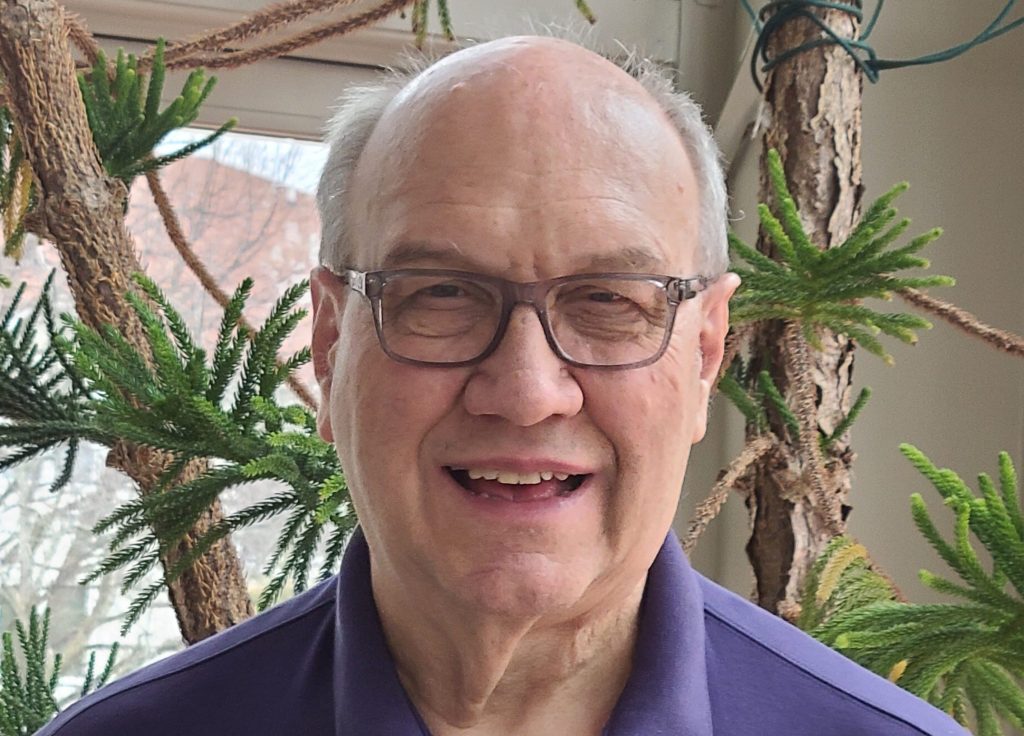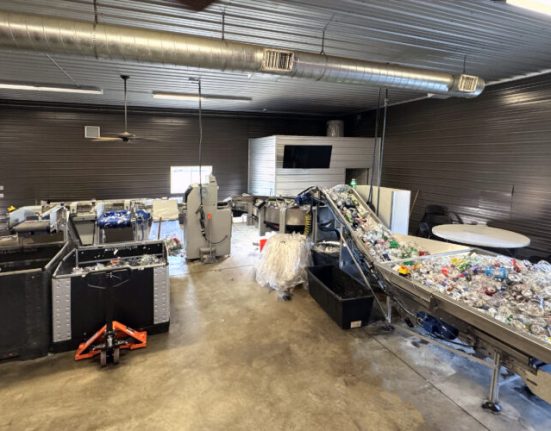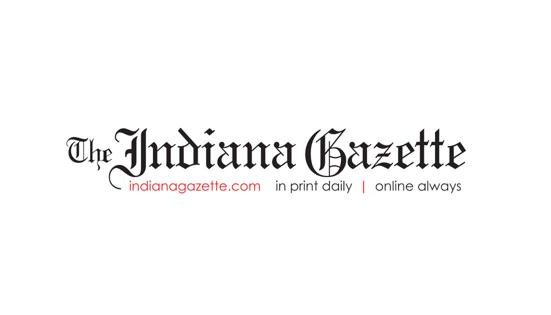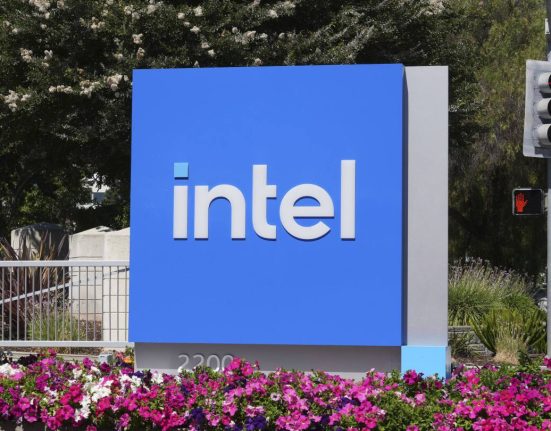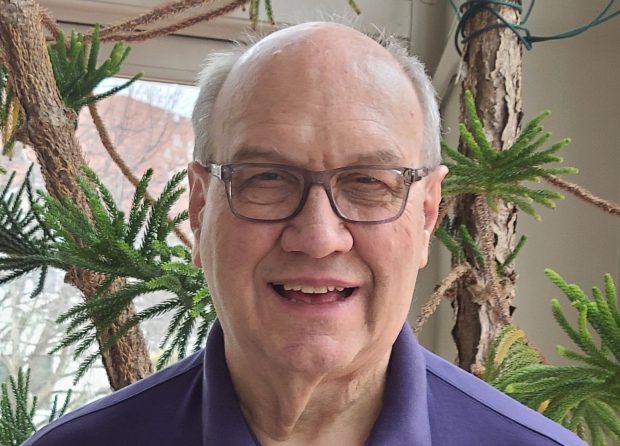
With Donald Trump’s outbursts amping up attention on the Federal Reserve and markets hanging with bated breath on what Chair Jerome Powell is going to do, arcane monetary policy has moved to center stage.
Yet the issues are more complex than many think. It’s not as simple as headlines about the president’s social media posts on wanting lower interest rates make it seem to be.
Most news stories fail to mention key questions or misunderstand key institutions. So a primer on basic terms of money, banking, central banking and the effects of all these on our economy is useful even if details are sacrificed for brevity.
Start with “money.” What is it really?
Money is anything that fills all three of these common functions:
First it must be a “medium of exchange,” something widely used and commonly accepted to buy and sell things.
Secondly, it must be a trusted “standard of value,” or yardstick, by which we measure and compare the value of goods and services or of physical or financial assets like houses or shares of stock. “Unit of account” is a synonym used by some.
Third, to be money, it must work as a “store of value,” a way of maintaining value produced in one period until spending it later on.
Historically money consisted of precious metals like gold or silver. But belts of small seashells or doughnut-shaped stones also were used. So might be perishables like beaver pelts, cigarettes or bread. For these, see Aleksander Solzhenitzyn’s novel, “One day in the Life of Ivan Denisovich” or downed-RAF pilot R.A. Radford’s 12-page “The Economic Organization of a P.O.W. Camp.” Yes, money is nicknamed “bread” for a reason.
However, pieces of paper with pictures of buildings and heads of state have been acceptable representations of value for several centuries, as have electronic numbers on various media for nearly one. Some such papers once had a legal tie to a quantity of gold or silver. Nowadays most do not, but have value anyway.
“Value” here depends on two common elements for money to be successful: First, the money must be “commonly acceptable.” People must be willing to use it. Secondly, it must be kept “relatively scarce.” The first depends on the second. If any form of money is not kept scarce, it soon will lack common acceptance, and lose relative value.
Now for “banks.” These businesses provide financial intermediation for households and businesses and other financial services. “Intermediation” means that anyone having money now but not wanting to spend it until later need not search out a borrower to add more value to the money. Nor is anyone without money but wanting to spend now forced to find an individual lender. Banks move money from savers to borrowers and back again. They spread and absorb risk and handle bookkeeping details. They also may offer checking accounts, credit cards, electronic transfers and other payment services.
Banking as we know it originated in northern Italy and in the Low Countries several centuries ago. Early ones were rich individuals like Shakespeare’s Merchant of Venice, but more commonly rich families like the Medicis, Fuggers or Rothschilds.
These entities bought and sold goods. Often some trade was with other nations. This might involve sharing fractions of ships or cargoes with others, leading to insurance. They lent money to individuals, businesses, governments and popes. And some did take money from savers and lend it to borrowers, although this was a minor activity for many.
These late medieval “merchant banks” that could do anything gave rise to the more specialized ones we know today.
The ones most of us commonly know that accept deposits, make loans and provide payment services are “commercial banks.”
Those that work with corporations or governments to sell bonds to the public, that carry out the issuance of shares of stock to the public or that organize syndicates of lenders for very large loans to businesses or countries are “investment banks.”
In some countries, banks can do all of the above, including insurance underwriting. The term “universal banking” may be used.
In our nation, commercial and investment banking could be combined until the Glass-Steagall Act of 1932, passed in response to the Wall Street crash in 1929. The bank owned by J.P. Morgan and partners, for example, became investment bank Morgan Stanley and commercial bank J.P. Morgan & Co. But all that was repealed by 60 years later.
Most importantly — on coming up on this past week’s news, there are “central banks.” These “banks for bankers” hold some of the “reserves” of commercial banks. These are the fraction of deposits not lent out. Central banks can make loans to financial institutions temporarily short of liquid funds. They also may handle payments between banks, such as clearing checks.
Sweden and England set up central banks in the 1600s. While we had two 20-year attempts early on, the U.S. did not get a lasting one until the Federal Reserve Act of 1913. That institution underwent major changes in 1935 to produce the system with a Board of Governors that we know today. The point of this, arguably, was to insulate objective monetary policy from subjective politics or investment trends.
This “lender of last resort” function of the central bank protects commercial banks from going broke. That also protects the public since it reduces the chance of losing their deposits in a banking panic. And it can keep temporary bank system problems from torpedoing the economy as a whole, sending it into recession as happened so often in the 1800s.
Without going into detail, understand that a banking system in which some fraction of deposits may be lent out results in an “money supply” that can expand or contract regardless of the quantity of “currency,” paper money or coins, in circulation. This lets capital be mobilized to increase production. Also, by reducing risks of losing savings, households and businesses can conduct their affairs with greater certainty and less fear.
The “money supply” is all of the currency in circulation plus the fraction of bank deposits rapidly accessible to make payments. In the past, especially when banks were more regulated, currency plus checking account balances was one measure of the money supply. Add savings accounts, “certificates of deposit” and “money market mutual funds” and you had additional categories.
These complicated exact definitions of different money supply metrics does not change the fundamental idea that the money supply is currency plus deposits that are liquid and can be used to purchase goods and services or pay obligations.
Decades of booms, panics and busts led painfully to consensus on a central bank. It was a complex system of 12 regional banks rather than one. This allayed fears by some of control by Wall Street and by others of control by Congress or the president.
The preamble to the Federal Reserve Act noted objectives “to furnish an elastic currency,” and “to establish a more effective supervision of banking.” Expanding and contracting our “elastic currency” is what the Fed’s policy making Federal Open Market Committee does. Interest rates are just gradations on a speedometer. The money supply is the amount of fuel being injected into the engine. More on all of this later.
St. Paul economist and writer Edward Lotterman can be reached at stpaul@edlotterman.com.

